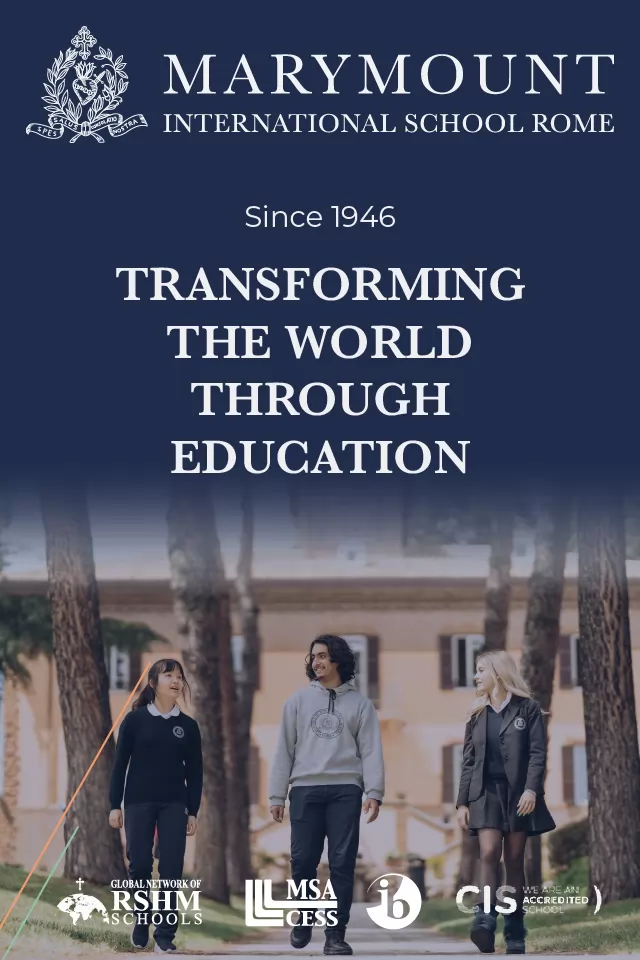Putting the smallest first
The tiny Villa Lais in Piazza Cagliero off Via Tuscolana to the east of Romes city centre appears better suited as a play area and venue for the Sunday afternoon passeggiata than as the city councils answer to the question of children in need. But its sleepy exterior belies an ambitious project with a clear mandate: to put the smallest first.
Centro Pollicino was established in January 2002 under the auspices of Romes social services department. Its aim is to supply information and guidance to adults in the city interested in giving practical help to orphaned and abandoned children and kids who are in temporary care, as well as to provide a point of reference for teachers, social workers and associations. Named after the fairytale character Tom Thumb, it operates principally in the areas of national and international adoption and fostering. It also promotes child sponsorship programmes in conjunction with La Gabbianella, the Rome-based co-ordinating body for organisations offering such programmes, and supports the parents of foreign children who are having problems adjusting to life in Italy, such as settling in at school.
Italian schools are unprepared to take kids from abroad, says Stefano Vicini, director of Centro Pollicino, a psychologist and honorary judge at Romes juvenile court. Foreign children are usually past pre-school age when they come to Italy, and they can arrive at any time of year. They need to be placed in the school system immediately.
These kids can be the children of immigrants, who arrive in Italy with their parents or to be united with their families or, increasingly, foreign youngsters who are brought to Italy for adoption by Italian parents. There has been a surge of interest in adoption in Italy in recent years, and particularly in international adoption. According to a report published by the Italian daily newspaper Il Messaggero in March, 2,222 foreign children arrived in Italy for adoption last year, 500 more than the previous year, while the number of applications for eligibility by couples wanting to adopt a foreign child averages 8,000 a year. Last year, the principal country of origin of the children adopted was Ukraine, followed by Bulgaria, Colombia, Belorussia, Poland and Brazil.
Centro Pollicino plays a supporting role in the long and complicated procedure which couples must go through in order to adopt internationally. The assessment of prospective parents usually falls to the regional juvenile court in conjunction with the local social services authority, while the identification of a child for adoption is the responsibility of one of the 66 authorised organisations in Italy together with the competent foreign authorities. Following a recent decision by the Italian government, these bodies are now grouped into categories according to services and cost. Once a couple has been granted eligibility by the court it then selects a group to look for a child on its behalf on the basis of its particular needs and finances.
The six staff members at Centro Pollicino two social workers and four psychologists focus on the education of couples considering adoption, which can involve breaking down deep-rooted misconceptions and prejudices. In Italy, in 98 per cent of cases the decision to adopt a child arises out of sterility, explains Vicini. Having tried other avenues such as artificial insemination, many couples see it as a last resort. This means that frequently they are motivated by their own interest rather than that of the child. Most couples want to adopt a new-born baby, says Vicini. They arent interested in having an older kid. This is borne out by the Il Messaggero report, according to which 70 per cent of eligible couples change their mind about adoption when they meet the child who has been identified for them.
Vicini also sees adoption as a last resort, but of a different kind. Where the parents are still alive, he believes adoption should be considered only after all other possibilities, such as fostering, have been explored. Every adoption can be considered a failure of the state in that it has not given the natural parents the possibility of keeping their child, he says.
Fostering, unlike adoption, involves taking in a child for a fixed term (two years maximum, extendible upon application to a judge) with no legal ties. According to Vicini, Italy lags way behind its northern European counterparts in this area, with a strong imbalance between north and south. He says that at the start of this year, 4,500 youngsters were in foster care, 80 per cent of whom were in the north. In Rome, the number of children in foster families is 410. The city hopes to close conventional childrens homes in the capital by the end of 2004, two years ahead of the deadline fixed by a 2001 law aimed at getting minors out of institutionalised care and into a more normal family environment. This makes the need to find potential foster parents more urgent still.
Centro Pollicino is working hard in this respect. Last year it received 480 calls from families interested in fostering, according to Vicini, of whom 110 were called in for interview, with 30 going on to receive training. Fostering is a serious matter, he says. We are very rigorous in our selection. In the future Centro Pollicino hopes to identify foster families within the foreign communities in the city so that foreign children in need of fostering can stay in their own community.
Centro Pollicino, Villa Lais, Piazza Cagliero 20, tel. 067840013,
e-mail: casapollicino2002@libero.it, www.comune.roma.it/dipsociale/Pollicino. The telephone information service operates Mon-Thurs 09.00-14.00,
and Mon and Thurs also 15.00-18.00.
La Gabbianella, Via C. Balbo 4, tel. 06483381.
Picture: A London-style bus promotes Centro Pollicinos work with children in need as it travels the streets of Rome.





















